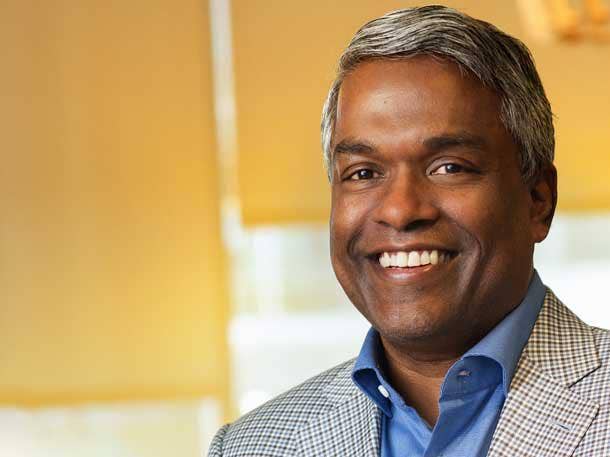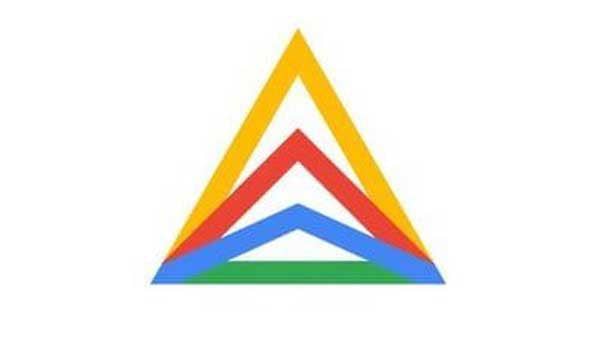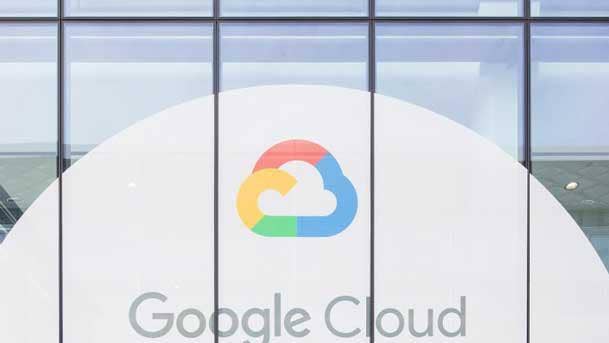Thomas Kurian’s 5 Biggest First-Year Changes at Google Cloud
Here's a look at Google Cloud CEO Thomas Kurian's five biggest moves after one year in charge.

Thomas Kurian has been busy reshaping Google Cloud since becoming chief executive officer of the third-ranked cloud computing provider last February.
In its bid to take on top-ranked Amazon Web Services (AWS) and Microsoft Azure, Google Cloud is banking on a hybrid and multi-cloud strategy to win enterprise customers with its Anthos platform rolled out a year ago and industry-specific solutions targeting financial services, health care, manufacturing and industrial, the public sector, retail and media, telecommunications and entertainment.
“We were very clear on what we needed to do,” Kurian told CRN in an exclusive interview at Google Cloud’s Sunnyvale, Calif., headquarters in March. “We said we needed to improve in four areas.”
Kurian’s work included a total revamp of Google Cloud’s sales organization and work to scale it, with the goal of tripling its direct go-to-market force in the next few years. The longtime Oracle veteran’s first-year plan also identified three other key areas requiring immediate improvement: product maturation, improving its channel partner program and introducing new customer success and technical account management functions.
Here’s a look at Kurian’s big moves.

The Anthos Rollout
Kurian took what was a cloud business in search of a strategy and gave it one with Anthos, Google Cloud’s hybrid and multi-cloud platform.
Launched last April, the fully managed Anthos allows customers to write an application once and deploy it across their data centers, Google Cloud and rival third-party clouds, including AWS and Microsoft Azure.
"It can be hard to turn a ‘battleship,’ but once you do, you have a ‘battleship’ pointed in the right direction,” said Miles Ward, chief technology officer at SADA Systems, a Google Cloud Premier Partner based in Los Angeles. “Google Cloud is deeply aligned behind the vision for Anthos. We're watching them pull out all the stops on engineering. We are incredibly excited about the increasing value Anthos is delivering to users and the future for this crucial product line."
Kurian sees Anthos as one of Google Cloud’s major differentiators when it comes to the competition and said it’s generating strong interest among customers and channel partners. Anthos adoption spans industries, with customers including KeyBank, Kohl’s, HSBC, Kaeser Kompressoren, DenizBank and OpenText.
“We are seeing a lot of customer interest on ensuring that they can build applications and decouple where they're building the application and where it can run,” Kurian said. “It's the choice that it gives it gives them. They don't have to fragment their existing skill set, because you can train your people on one technology and have it work everywhere. Anthos also provides you the ability to manage consistently: You can manage security, you can manage operationally across clouds. That's also a big value proposition.”

Rebuilding Google Cloud’s Sales Organization
Google Cloud’s top-to-bottom overhaul of its sales leadership included the hiring of technology industry veterans from AWS, IBM, Microsoft, Oracle, Red Hat, Salesforce and SAP, including Robert Enslin (pictured), a 27-year SAP veteran brought on last April as president of global customer operations.
“We’ve built out great sales leadership from companies with enterprise backgrounds, so they bring a lot of expertise in how to guide and grow and manage large-scale sales organizations,” Kurian said.
Google Cloud also hired John Jester (formerly of Microsoft) as vice president of customer experience, Atul Nanda (Salesforce) as vice president of customer support, Carlo Granda (SAP) as vice president of customer success and Kirsten Kliphouse (Red Hat and Microsoft) as president of North America.
For its geographic regions, Janet Kennedy (Microsoft) is vice president of North America; Eduardo Lopez (Oracle) leads Latin America; Chris Ciauri (Salesforce) heads Europe, the Middle East and Africa; Mark Innes (Salesforce) has taken charge of Australia and New Zealand; and Karen Bajwa (IBM) oversees India.
Google Cloud also hired industry-specific leaders: Carrie Tharp (Neiman Marcus) is running its retail industry team; Philip Moyer (Amazon Web Services) is directing healthcare; Bob Allison (Oracle) is overseeing financial services; David Ooley (Oracle) is the new media, telco and entertainment chief; Dominik Wee (McKinsey) heads manufacturing and industrial; and Mike Daniels (Salesforce) has taken on the global public sector program.
“We've been extremely focused on making sure that we can serve customers with the right technical people, as well as salespeople, and we've significantly expanded,” Kurian said of Google Cloud’s plans to triple its salesforce over the next few years.
Google Cloud now has a regional decision-making model with channel managers reporting to its field sales leaders in their respective regions, rather than Sunnyvale, for greater speed.

Maturing Google Cloud’s Product Portfolio
Google Cloud focus on product maturity included ensuring its portfolio met compliance requirements. It earned the U.S. federal government’s FedRAMP High authorization and expanded its FedRAMP Moderate authorization to 64 products in 17 cloud regions.
“It allows us to broaden our support in the government customer base,” Kurian said.
Google Cloud also added support for lots of more traditional enterprise workloads—SAP, VMware, Oracle, Windows, mainframes.
“These are all things that enterprise customers want, and we didn’t support them before 2019,” Kurian said. “That lets us serve customers better, because we have a prepackaged solution. It also opens up new markets for us.”
Google Cloud’s success with product enhancements is reflected in reports by Gartner and Forrester Research, according to Kurian. Google Cloud holds 20 leader positions in Gartner’s Magic Quadrant and Forrester’s Waves reports—a six-fold increase from 2017 to 2019.

Channel Partner Program Improvements
Google Cloud set a goal of 100 percent partner attachment to its customer deals.
“We put that in place because we believe that partners have both a set of skills and reach that we don’t have direct,” Kurian said.
To help meet that goal, Google Cloud unveiled a new channel partner program last July and doubled down on managed service providers with specific support to broaden partners’ reach.
The Google Cloud Partner Advantage program consolidated 16 partner programs under one umbrella.
“We've expanded the number of people that support channel partners,” Kurian said. “We've introduced, for example, a channel support function where our channels organization actually provides customer support in new ways to partners. We've introduced commercial incentives for them. We expanded the number of territories that channels can sell to. We've reduced and eliminated channel conflict between direct and the partners as we've scaled.”
Google Cloud assigned new advisers to every partner to help them navigate their business with Google Cloud; introduced new channel support for enterprise customers and technical benefits and support, including during presales cycles; and debuted new “expertises” for partners to further differentiate themselves.
Partners for the first time even were invited to participate in Google Cloud’s Accelerate sales kickoff conference in January, to make sure they know “from the beginning that they're really a fully integrated part of our strategy,” Google Cloud channel chief Carolee Gearhart said.
Google Cloud also is expanding the U.S. and overseas footprints of its public sector partners catering to local, state and federal agencies, and investing in partners bringing industry-specific solutions to market, such as Accenture and its INTIENT life sciences platform.

Customer Success And Technical Account Management
Google Cloud has been focusing on improving the quality of its customer service to help convince enterprises to run their mission-critical workloads on its platform.
“A big part of (customer) decision-making is going to be the quality of the customer service,” Kurian said.
Google Cloud introduced a new customer success function and a technical account management function to provide on-site customer service for large customers. It also debuted Premium Support in January to address the highest-priority needs of its large enterprise customers with 15-minute target response times 24x7 from Google customer support.
Google Cloud simplified its commercial contracting process and tiered its customer base to SMBs, corporate or commercial accounts, enterprise, and new select or named accounts.
“We’ve organized them by industry, so it allows us to sell industry solutions much more effectively to customers,” Kurian said.